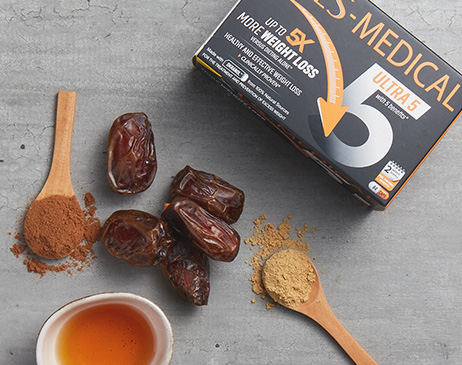How to eat healthy
Tips for eating a well balanced diet
How to eat healthy: 7 Tips
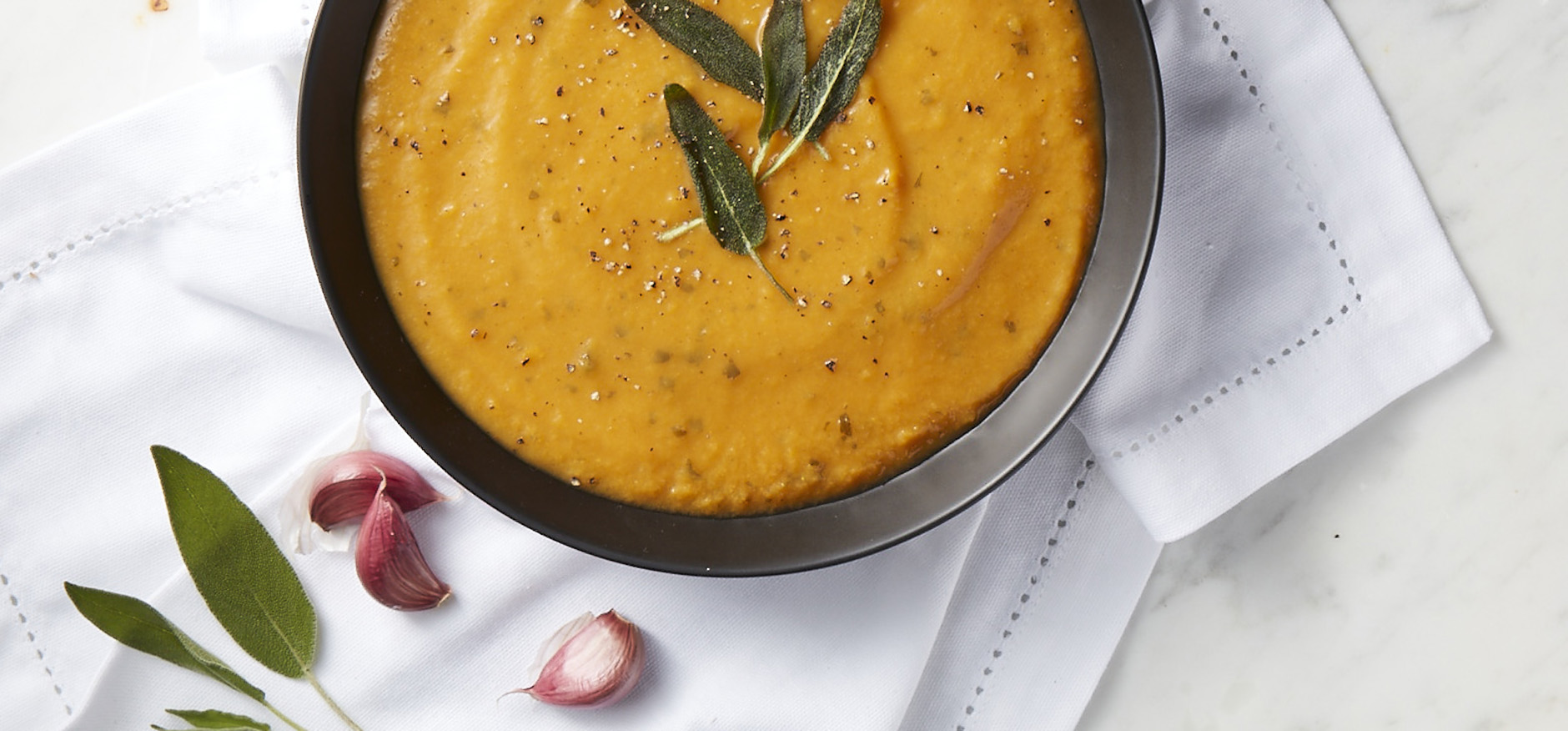
How to eat healthy?
We’ve probably all asked ourselves this question at some point. We know a healthy diet is a great goal to aim for. It gives us more energy, improves our overall wellbeing1 and helps us to love our figure.
But where do we start? What are some simple strategies to start eating healthy?
Luckily, we don’t have to purge the cupboards of all treats and indulgences from the get-go. We can start small and build our way up to bigger steps. Make just a few changes at a time and, with a little thought, you’ll start to see big differences2, 3.
The experts at XLS-Medical have pulled together a collection of easy-to-follow advice on how to start eating healthy. We’re here to help you to start making the right food choices, and get you feeling more confident in your own body.
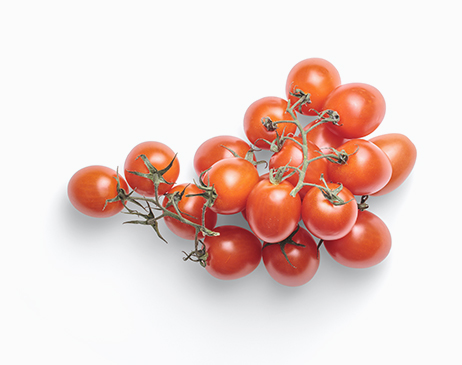
The fundamentals on how to eat healthy
When we think about the fundamentals of a healthy diet we can think about two key things…
- How much we eat
- What we are eating
Below, we breakdown easy ways to measure how much you are eating, and give practical advice to help you decide what to eat.
How much are we really eating?
To think about how much we are eating we can use calories. Okay, you’ve definitely heard of calories before, but what exactly is a calorie?
Officially, a calorie is defined as the amount of energy required to heat 1kg of water by 1℃. Put simply, we can think of it as a way to measure the amount of energy in the food we consume4.
The amount of energy (and therefore calories) each of us needs is personal and varies widely. Whether you are tall, small, young, old, a man, woman, fit as a fiddle or a certified couch potato will all affect how many calories you need a day5.
However, the NHS gives us a good starting point with a recommended 2,500 calories a day for a man and 2,000 calories a day for a woman.5
It will probably come as no surprise though that many of us exceed these recommendations.6 If we are then unable to burn the excess calories we consume, we find ourselves in a calorie surplus.7
Our bodies will then store any unused calories as body fat – which over time can lead us to becoming overweight. NHS figures show that more than half of the UK population, 66% of men and 57% of women, are overweight or obese8.
However, if you use more calories than you consume you can create a calorie deficit. If you are looking to lose weight, a calorie deficit is an important consideration for weight loss.9
One pound of fat contains 3,500 calories, so creating a calorie deficit of 500 calories a day will see you lose one pound per week.10
To keep track of calories for weight loss, it is a great idea to keep a food diary. Research has shown that spending just 15 minutes a day logging your food intake can significantly improve your chances of making your weight loss goals.11
For more great weight loss tips, check out our advice on how to lose weight fast.
Use food groups to decide what you eat
Unfortunately, we can’t get all our calories from just one type of food. We have to think about what we eat in balance. This makes sure we get all the vitamins and minerals we need to keep us healthy.
To make the process of choosing what to eat easier, we can start to use food groups.10 Food groups help us put foods into different categories. This way we can make sure we are getting a good variety of nourishment.
The main food groups are:
Fruit and vegetables
Fruit and vegetables should make up around a third of the food we eat.10 They are a valuable source of vitamins, minerals and fibre. The fibre found in fruit and vegetables plays a key role in making us feel fuller for longer.10
We should aim to eat five portions of fresh, tinned, dried, juiced or even frozen fruit and vegetables a day. However, you should try to limit fruit juice and smoothies to no more than 150ml a day.10
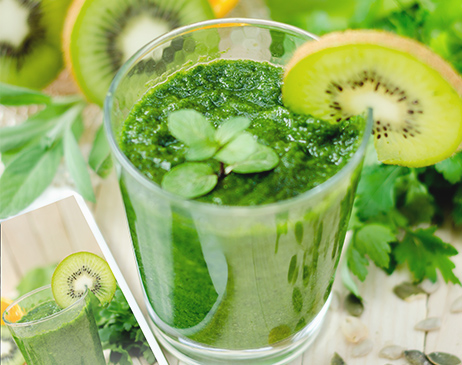
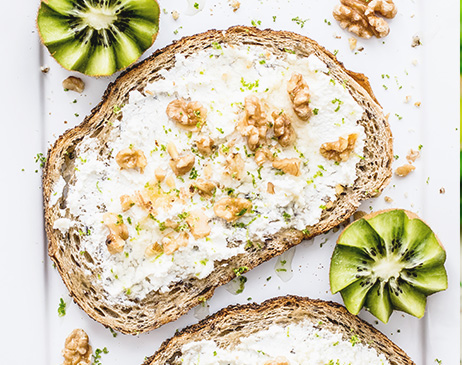
Potatoes, bread, rice, pasta and other starchy carbohydrates
Another third of our diet should consist of starchy foods. They are a good source of energy and minerals for a balanced diet. A good trick is to swap to high fibre varieties of starchy foods, such as wholewheat pasta and brown rice, or leaving the skins on potatoes.10
Beans, pulses, eggs, meat and fish
Food in this group is an excellent source of protein, vitamins and minerals. If you can, steer clear of processed meat like bacon, sausages and ham. Instead choose alternatives, such as beans, peas and lentils which are lower in fat and higher in fibre and protein.10
Two portions of fish a week is a good target, at least one of which should be oily. Oily fish, such as salmon or mackerel, are an excellent source of Omega-3 Fatty Acids.10 Omega-3 Fatty Acids play a vital role in the body’s natural processes, and help to prevent heart disease and strokes. However, Omega-3 Fatty Acids cannot be manufactured by the body naturally.12
Dairy products and alternatives
Dairy products include milk, cheese and yoghurt. All are an important source of calcium, protein and some minerals. Calcium helps to keep our bones and teeth strong and rigid – this is especially important as we grow older.13
Dairy products can often be high in fat and salt. However, dairy needn’t be scary – choose lower fat and lower sugar options, or alternatives like soya milk.14
Oils and spreads
A small amount of fat is essential to a balanced diet. It will help you absorb Vitamin A, Vitamin D and Vitamin E.15 However, all fats are high in energy and should not be eaten in excess.15 Too much saturated fat in your diet will raise your cholesterol and increase your risk of heart disease and stroke.16
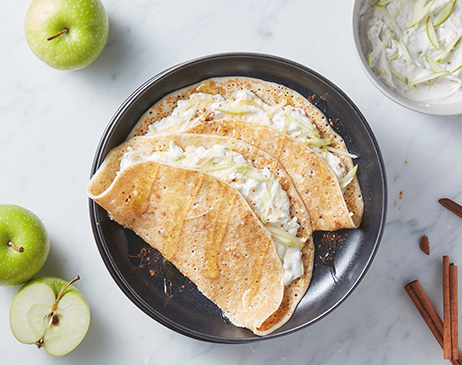
The main two types of fat found in food are saturated and unsaturated fats. Unsaturated fats are healthy fats, when compared to saturated fats. So try to cut down on foods and drinks high in saturated fats and replace them with unsaturated fats. Unsaturated fats can be found in sunflower, rapeseed, olive and vegetable oils.15
All the food in the categories above are a vital part of a balanced diet. There also exists processed foods that are completely unnecessary in our diet. These include cakes, chocolate, sugary drinks, ice cream and ghee that are high in salt, fat and added sugar.10
These foods should only be eaten as treats in small amounts. A reduction in consumption of these processed foods can decrease the sugar, fat and salt in our diet – which in turn can lower the risk of high blood pressure,17 heart disease,17 stroke,6 type 2 diabetes18 and some types of cancer.19
Just as men and women have different calorie requirements, they also have different requirements for a balanced diet. It is important to consider these differences when planning a healthy diet for women or a healthy diet for men.
Practical tips to start eating healthy
You’ve got the fundamentals down on how much to eat and what type of foods you should be eating – here are some simple practical tips on how to put the theory into action.
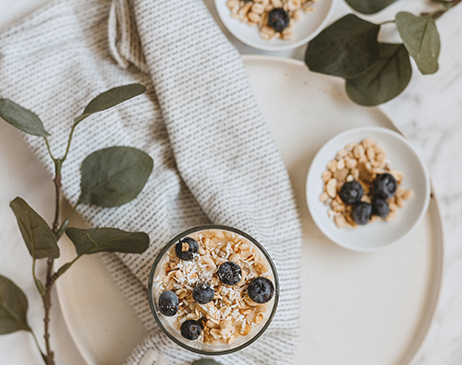
1. Avoid skipping breakfast
Breakfast is a key part of a balanced diet. Start right with a good breakfast and you’ll set yourself up for the day.20
Need inspiration? There are loads of great breakfast ideas out there – even for those whose stomachs churn at the thought.
2. Easy on the portion size
Many of us simply eat too much. We get more calories than we need and that leads to weight gain. A major cause of this is a lack of portion control.
Simple tricks to help manage the size of your portions, include using smaller plates or weighing out staples, such as pasta and rice.21
3. Eat slow, get healthy fast
When it comes to eating, faster is definitely not better. Research has shown that eating quickly is associated with being overweight.22, 23, 24
It takes about 20 minutes for your stomach to tell your brain it is full. So slow down, relax and enjoy your food.25
4. Fill-up on fibre
You can find fibre in fresh fruit, vegetables and some types of starchy foods. You can eat foods high in fibre to help you feel full for longer. In the UK people eat only about 18g of fibre a day, but are recommended to eat at least 30g.25
5. Keep healthy snacks handy
When hunger strikes, make sure you have a healthy option to hand. We are surprisingly lazy when it comes to picking what to eat. Simply having a healthier snack option closer to hand makes us more likely to choose it over an unhealthy option.
A study in Massachusetts General Hospital found that by reorganising the cafeteria to make healthy food options more easily accessible than unhealthy food options, resulted in a significant drop in the consumption of unhealthy food choices.26
6. Cook at home more
Cook healthy meals at home and your waistline (and your wallet!) will thank you. Cooking with the family especially, has been shown to reduce risks of obesity.27, 28
The advantage of cooking at home is there is no hidden sugar, salt and fat to catch you out. You completely control the ingredients that go in. And, the ingredients you leave out.
It is also worth cooking extra, so you have healthy leftovers for lunch the next day.
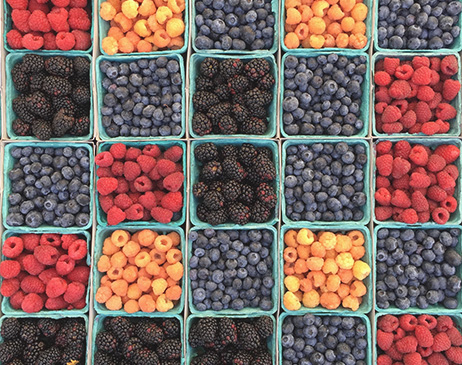
7. Not all food is created equal
Finally, while calories are a good indicator of the amount of food we are consuming, we digest different foods in different ways.
Some foods, such as nuts are less completely digested than other foods. A study uncovered that when volunteers ate a serving of almonds they only received 129 calories per serving, rather than the 170 calories reported on the label.29
Similarly, our bodies are able to more effectively extract calories from processed foods.
Another investigation found individuals that consumed whole wheat seeded bread and cheddar cheese, expended twice as many calories as individuals who consumed the same quantity of white bread and ‘processed cheese product’. As a result, people snacking on whole wheat obtained 10 percent fewer calories.30
Now there is some food for thought.
Clinically proven weight loss-aids
If you have started to eat healthy as part of a weight loss plan, then why not consider XLS-Medical’s range of weight loss-aids.
Alongside an active lifestyle and a calorie controlled diet, weight loss-aids can help you to lose weight in a healthy and effective manner.
